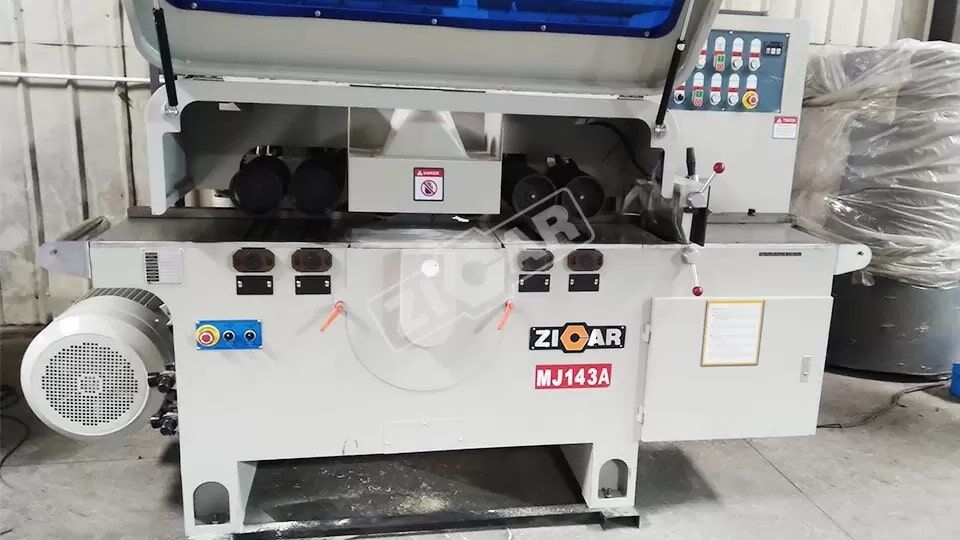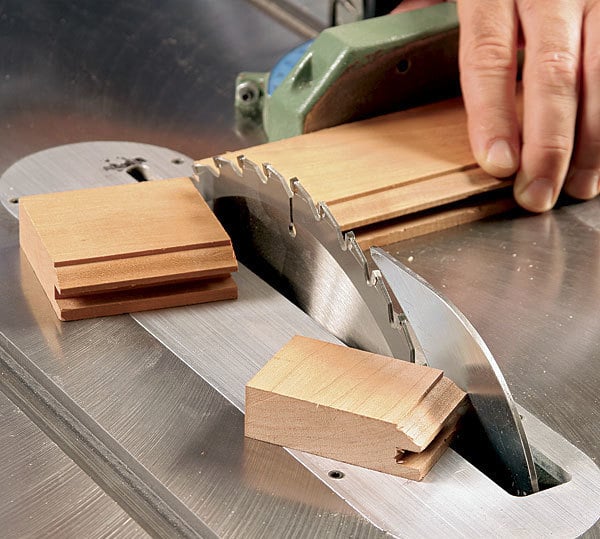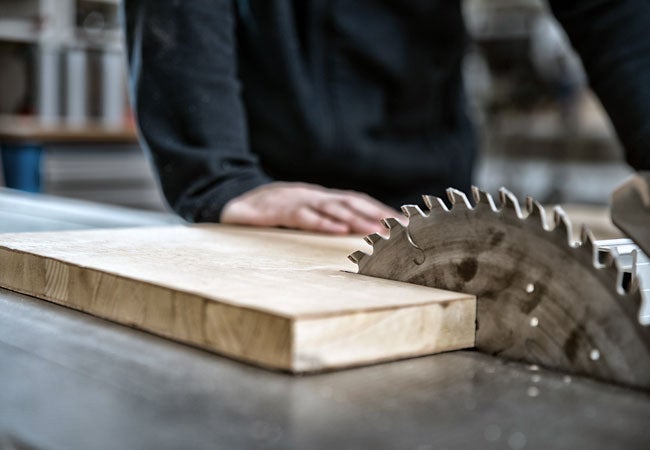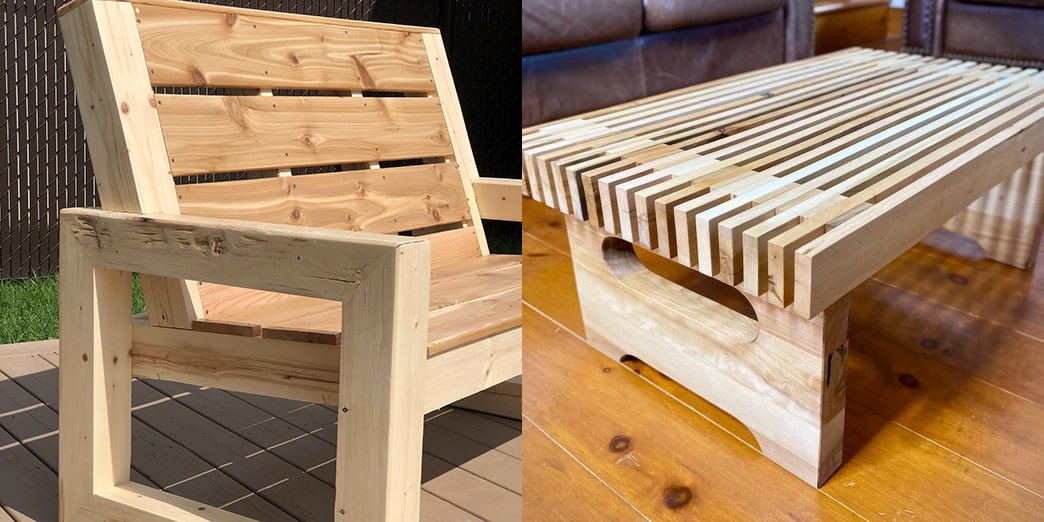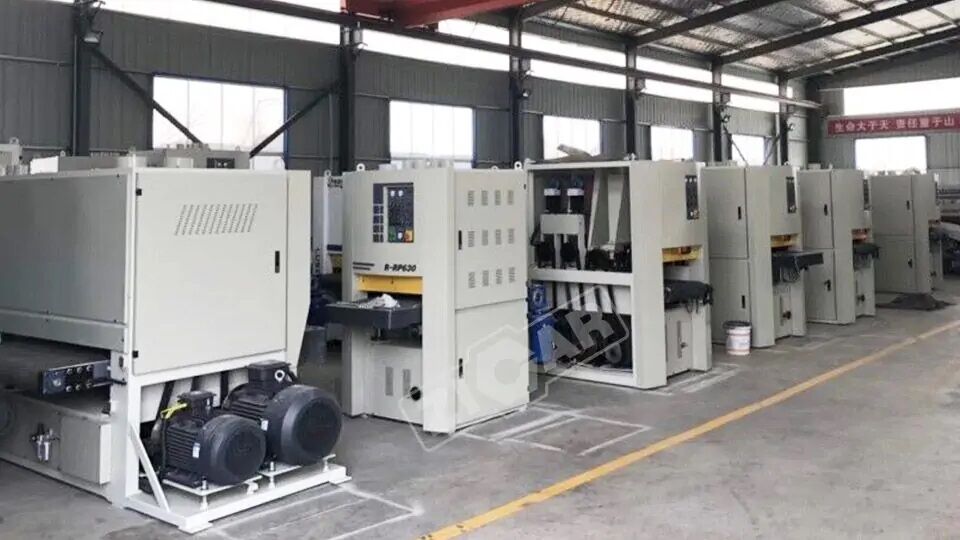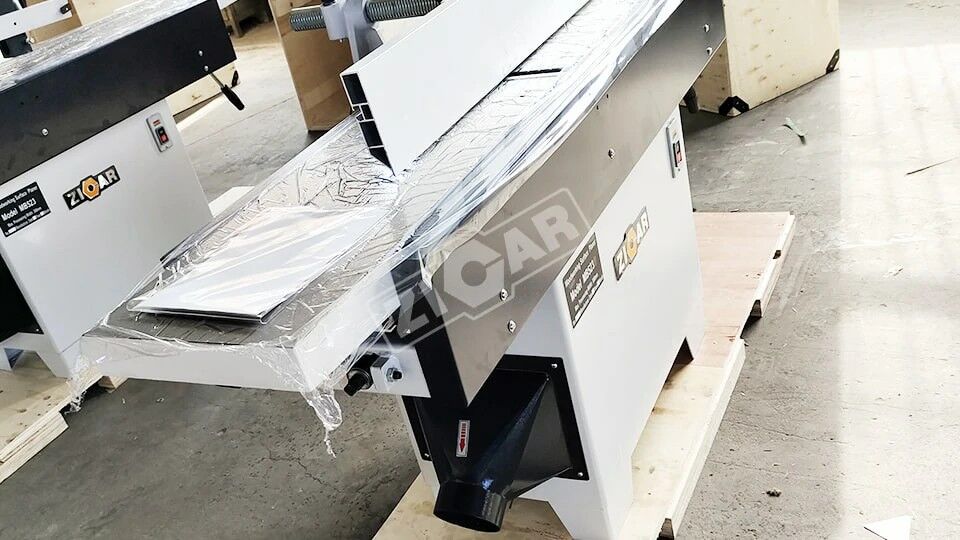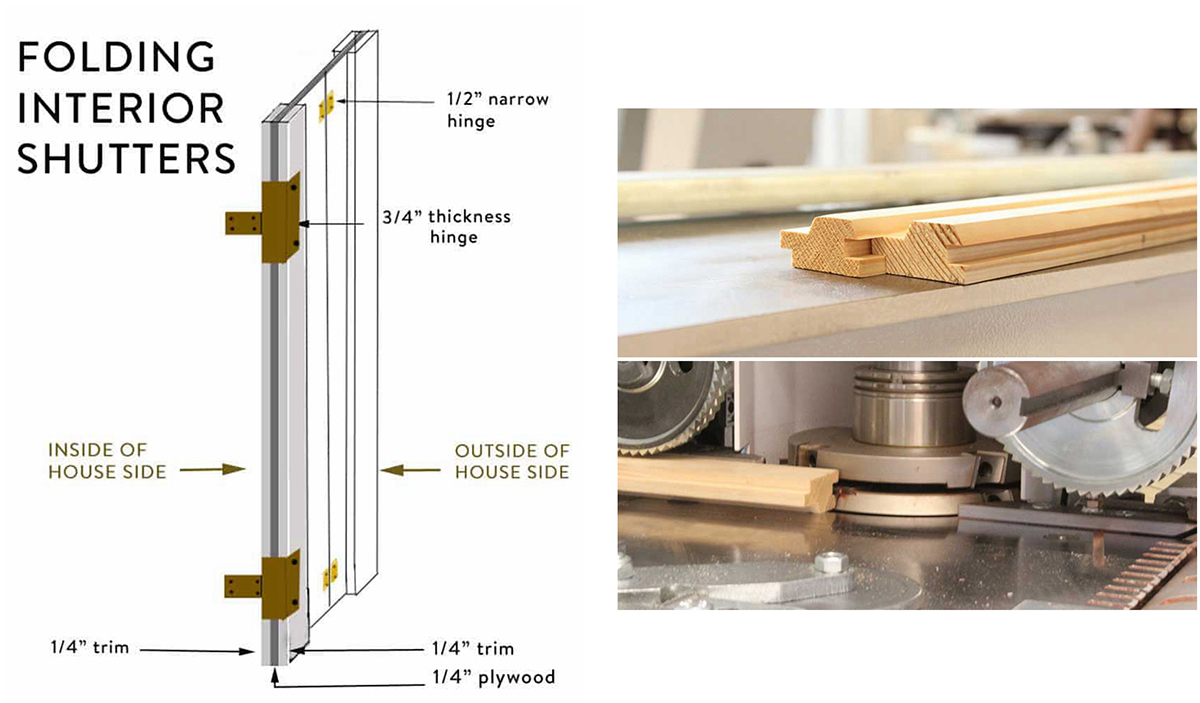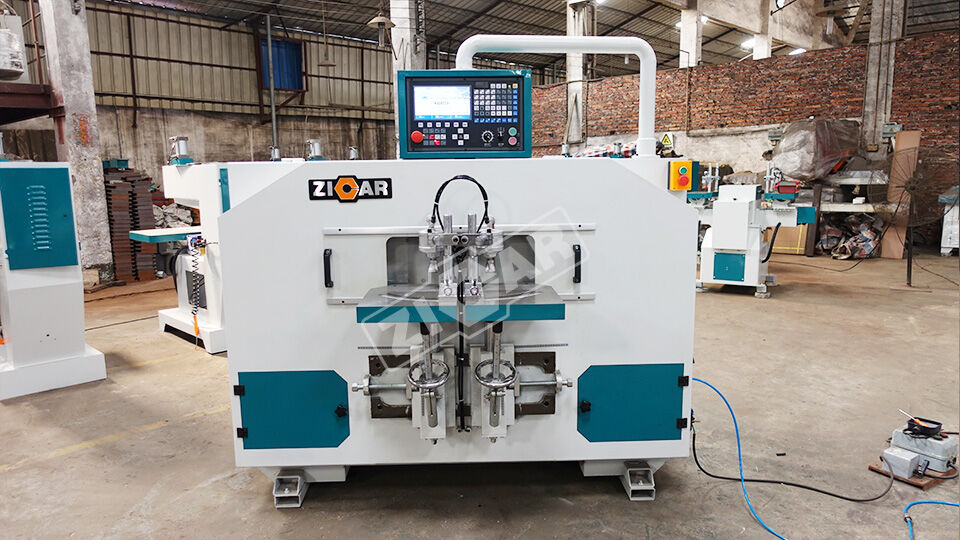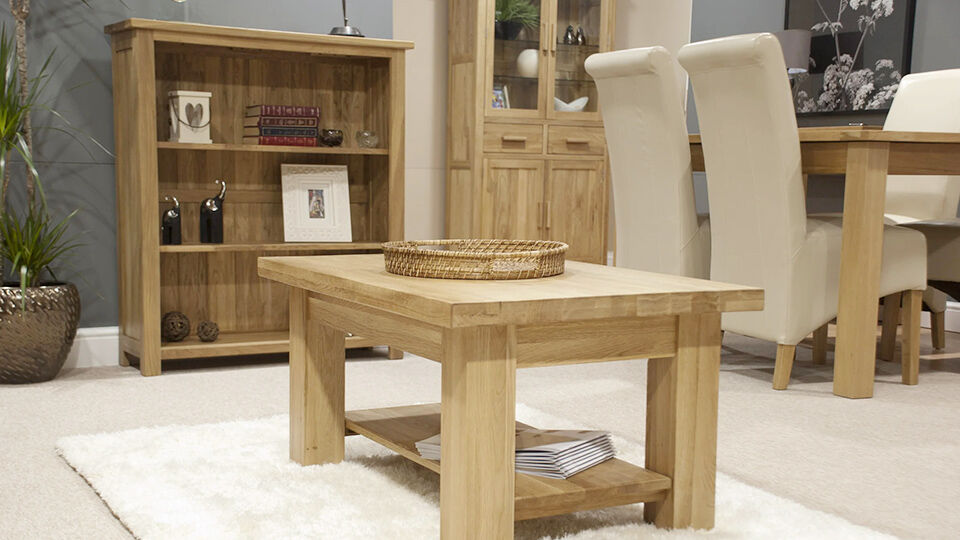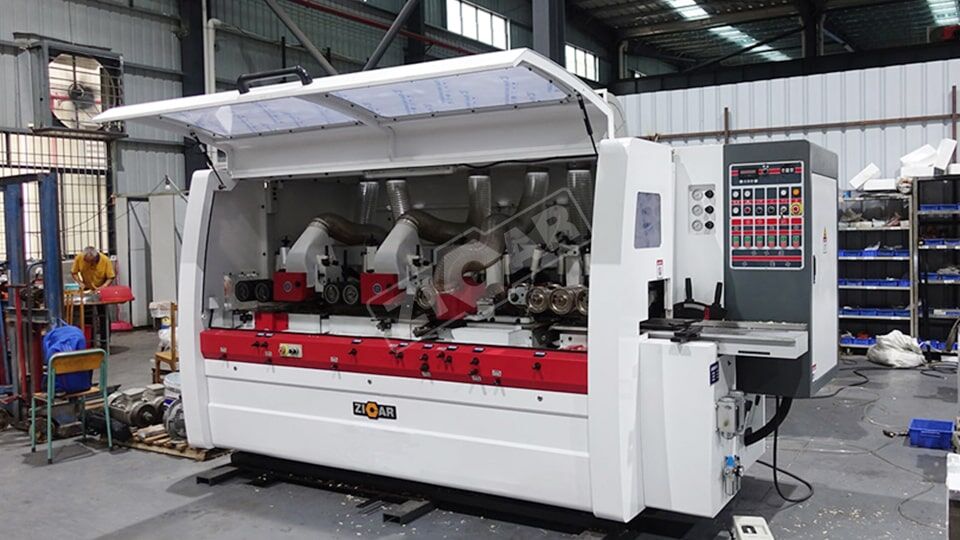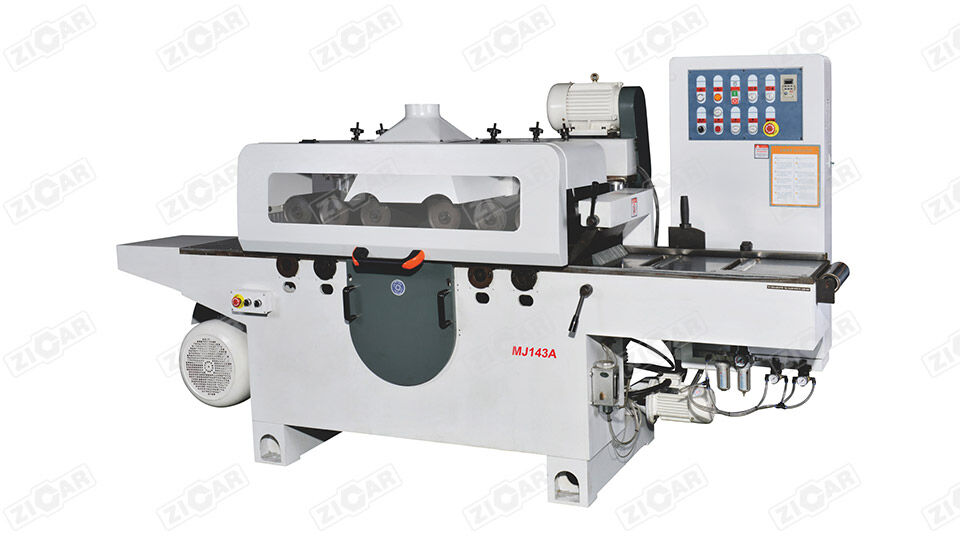Welcome to Jaya International Co., Ltd one-stop shopping solutions for large solid wood machinery
The Ultimate Guide to Solid wood Furniture Manufacturing
If you're interested in learning about the process of solid wood furniture manufacturing, this guide is for you! We'll explore the different steps involved in making all types of solid wood furniture, from selecting high-quality wood to crafting eye-catching pieces.

Selecting High-Quality Wood
Selecting the right type of wood is one of the most important steps in solid wood furniture manufacturing. Quality wood is essential to creating a beautiful and durable piece of furniture, so make sure you select wood that meets your desired look and specifications. Ideally, you should use wood with a consistent grain pattern, few knots or blemishes, and no warning signs of decay such as cracking or splitting.
Applying Finishes and Treatments
Finishes and treatments are the final stage of solid wood furniture manufacturing. The type of finish selected will depend on the desired aesthetic, but some types to consider include paints, stains, surface oils, waxes and varnishes. Applying a finish or treatment is highly sought after in solid wood furniture manufacturing because it not only adds beauty to pieces, but also creates a protective layer that helps to prolong the life of furniture.
Designing for Durability
When designing furniture for solid wood manufacturing, it's important to consider durability and strength. Details such as dowel joints, chamfers, miter and tenon joints, and dado cuts all add stability to the furniture’s structure while also improving its overall look. Additionally, mortise-and-tenon joints – where a curved or straight peg is inserted into a pre-cut slot in the wood – are often used in making long pieces of furniture with drawers. Such design elements provide increased longevity to the finished product by providing superior strength and stability.
Assembly Techniques
An important part of solid wood furniture manufacturing is the assembly process. Many people opt for glued joints and screws, but there are a few more advanced techniques that you can use to assemble your furniture. These include dovetails, dowel joints, and pocket screws. By using these different assembly techniques, you can create much stronger pieces of furniture which will stand the test of time.
Quality Control and Testing
Quality control and testing are vital when it comes to manufacturing solid wood furniture. Before you make a piece of furniture, you need to make sure that the wood you’re using is strong, durable, and structurally sound. After the furniture is made, it should also be tested to ensure it meets industry standards for strength and reliability. If the quality control checks are not up to par, you may need to go back and rework pieces in order to adhere with industry standards.
Solid wood machines you may be interested in:
4 sided planer Multi rip saw Wide belt sander Mortiser/tenon machine
Related Reading:
Related recommendations
Best quality, best service
Please give us a message
The More You Know Us, The More You Trust Us!
We trust that our experience and intimate knowledge of this line will entitle us to your confidence.
Email: sales@jayacn.com
Add: NO.216 Zhongkai Road, Qinshui Industrial Park, Muping District, Yantai City, Shandong China

